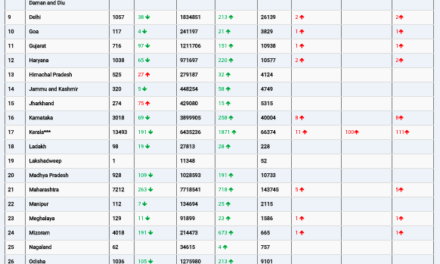WHO recommends early use of intravenous TXA within 3 hours of birth in addition to standard care for women with clinically diagnosed postpartum haemorrhage (PPH) following vaginal births or caesarean section. TXA should be administered at a fixed dose of 1g in 10 ml (100 mg/ml) IV at 1 ml per minute, with a second dose of 1g IV if bleeding continues after 30 minutes.
TXA is frequently stored in close proximity with other medicines, including injectable local anesthetics indicated for spinal analgesia (e.g., for caesarean section). The presentation of some of the local anesthetics is similar to the TXA presentation (transparent ampoule containing transparent solution), which can erroneously be administer instead of the intended intrathecal anesthetic resulting in serious undesirable adverse effects.
Recently, obstetricians from several countries have reported inadvertent intrathecal TXA administration and related serious neurological injuries.
TXA is a lifesaving medicine, however, this potential clinical risk should be considered and addressed by all operating theatre staff. Reviewing of existing operating theatre drug handling practice is required in order to decrease this risk, such as storage of TXA away from the anaesthetic drug trolley, preferably outside the theatre.












